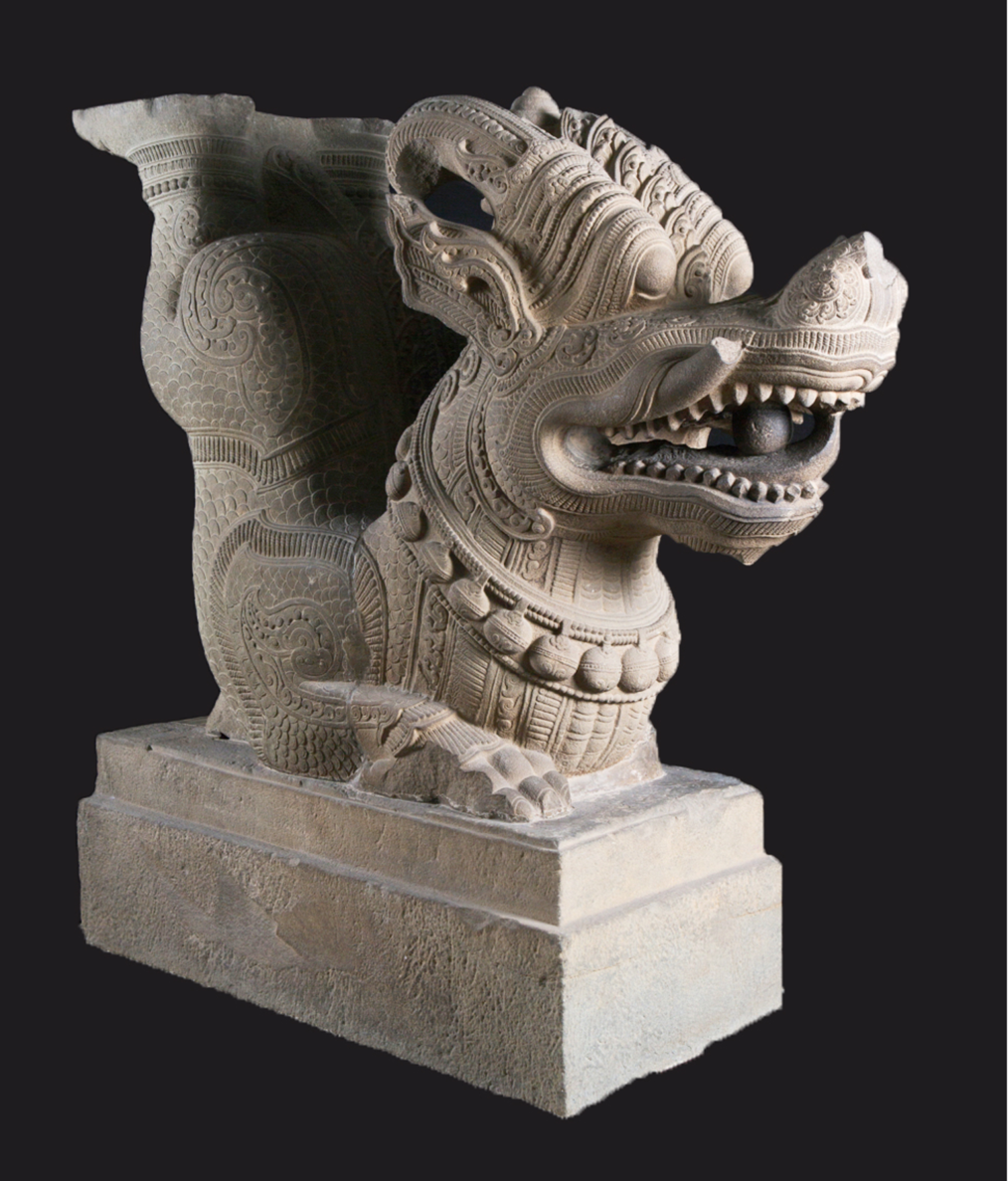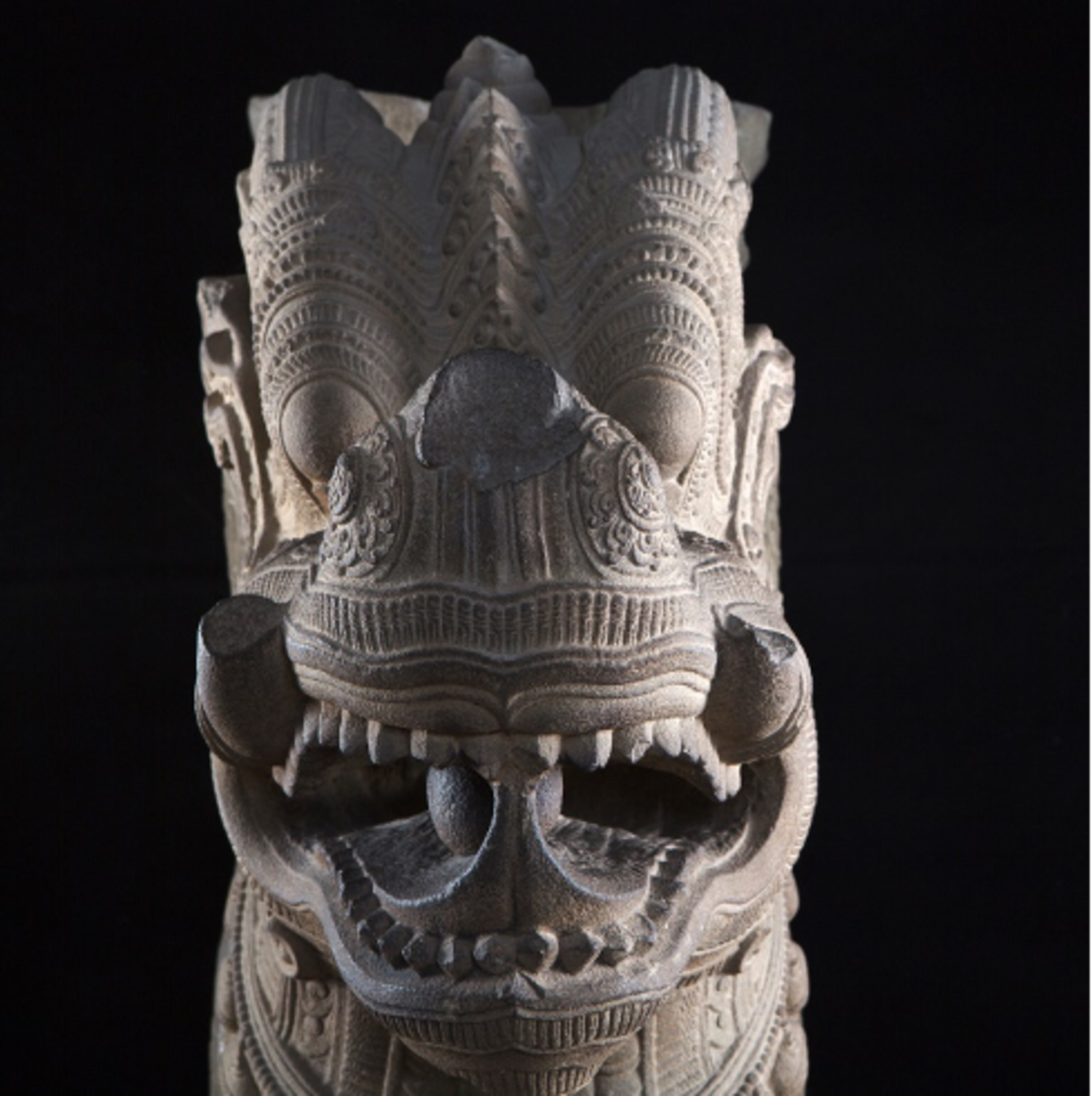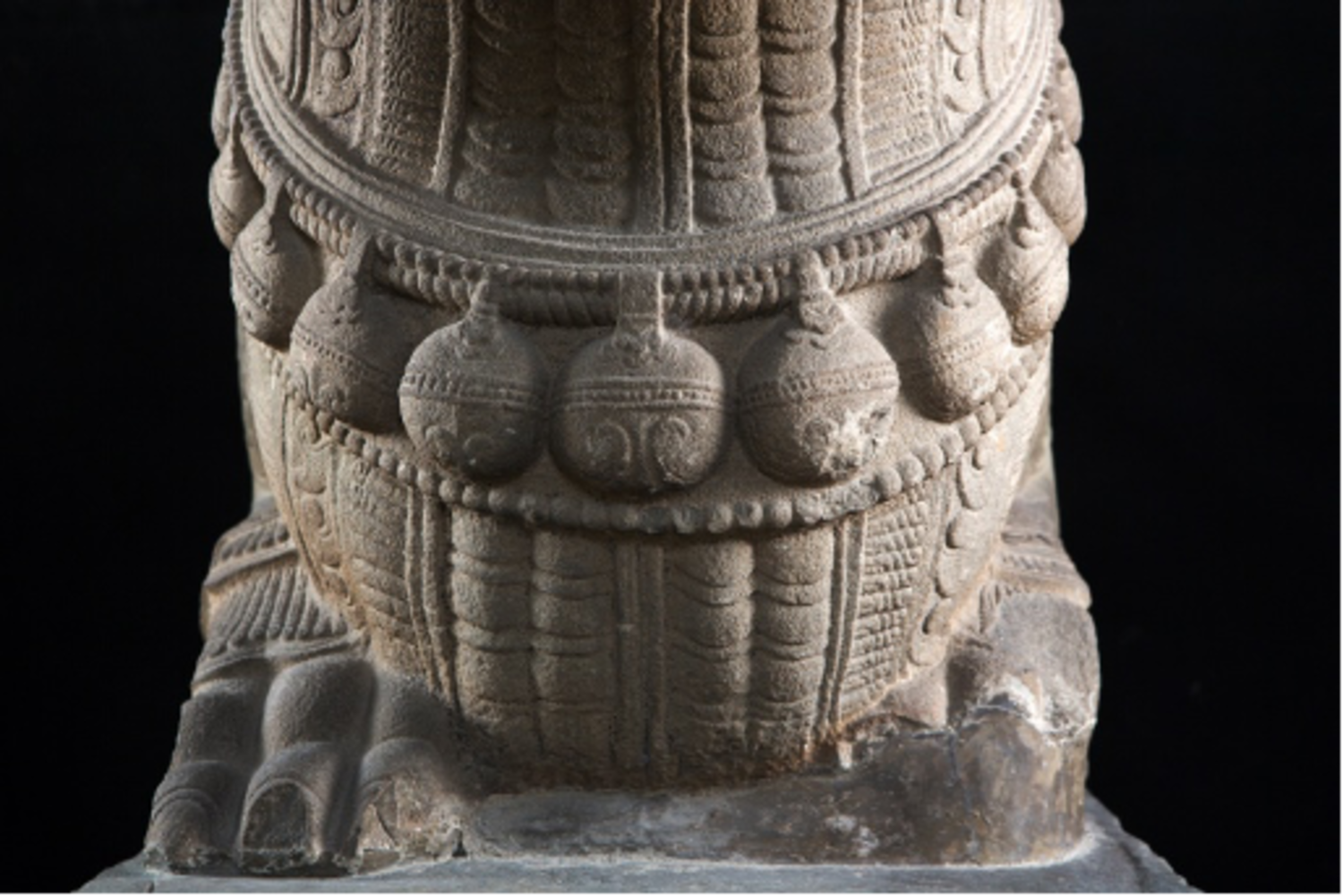The Shiva Phong Le dancing relief, Uma Chanh Lo relief, and Thap Mam Dragon statue are three National Treasures currently exhibited at the Museum of Cham Sculpture in Da Nang.
These three treasures are unique masterpieces, representing significant themes and artistic styles that reflect the evolution of Champa religious art.
The majestic Shiva Phong Le dancing relief
The Shiva Phong Le dancing relief was discovered around 1890 by French civil servant Camille Paris at Phong Le, along with other artifacts, and was brought to Tourane Park - now the Museum of Cham Sculpture in Da Nang.
This masterpiece, known for its beauty and elegance, depicts the god Shiva in a dancing posture, also called Nataraja (the King of Dance). It symbolizes absolute power and represents the most perfect manifestation of the deity.
The artifact was unearthed at the Phong Le Cham archaeological site (now part of Hoa Tho Dong Ward, Cam Le District, Da Nang City) during excavations from 2011 to 2018.
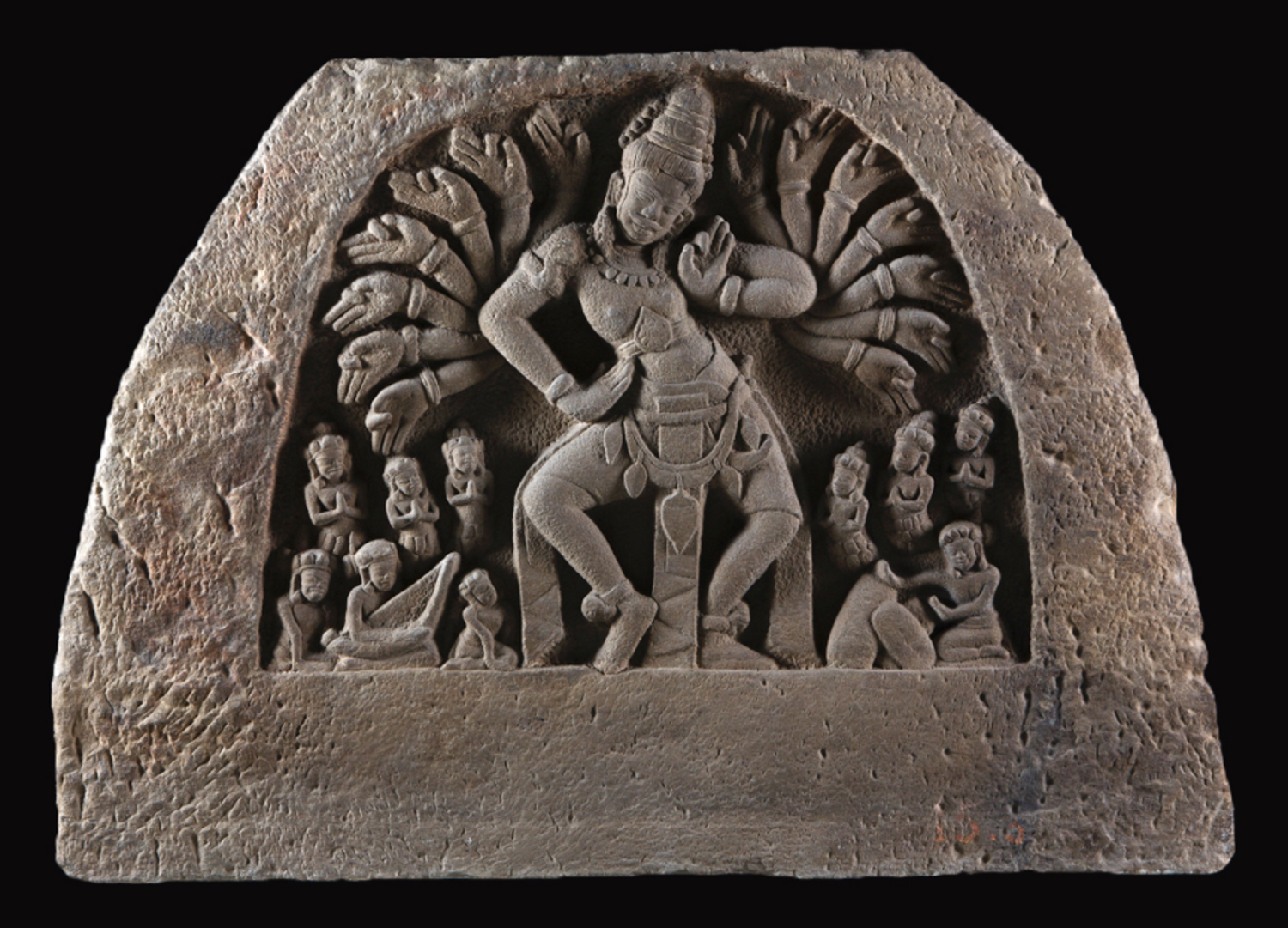
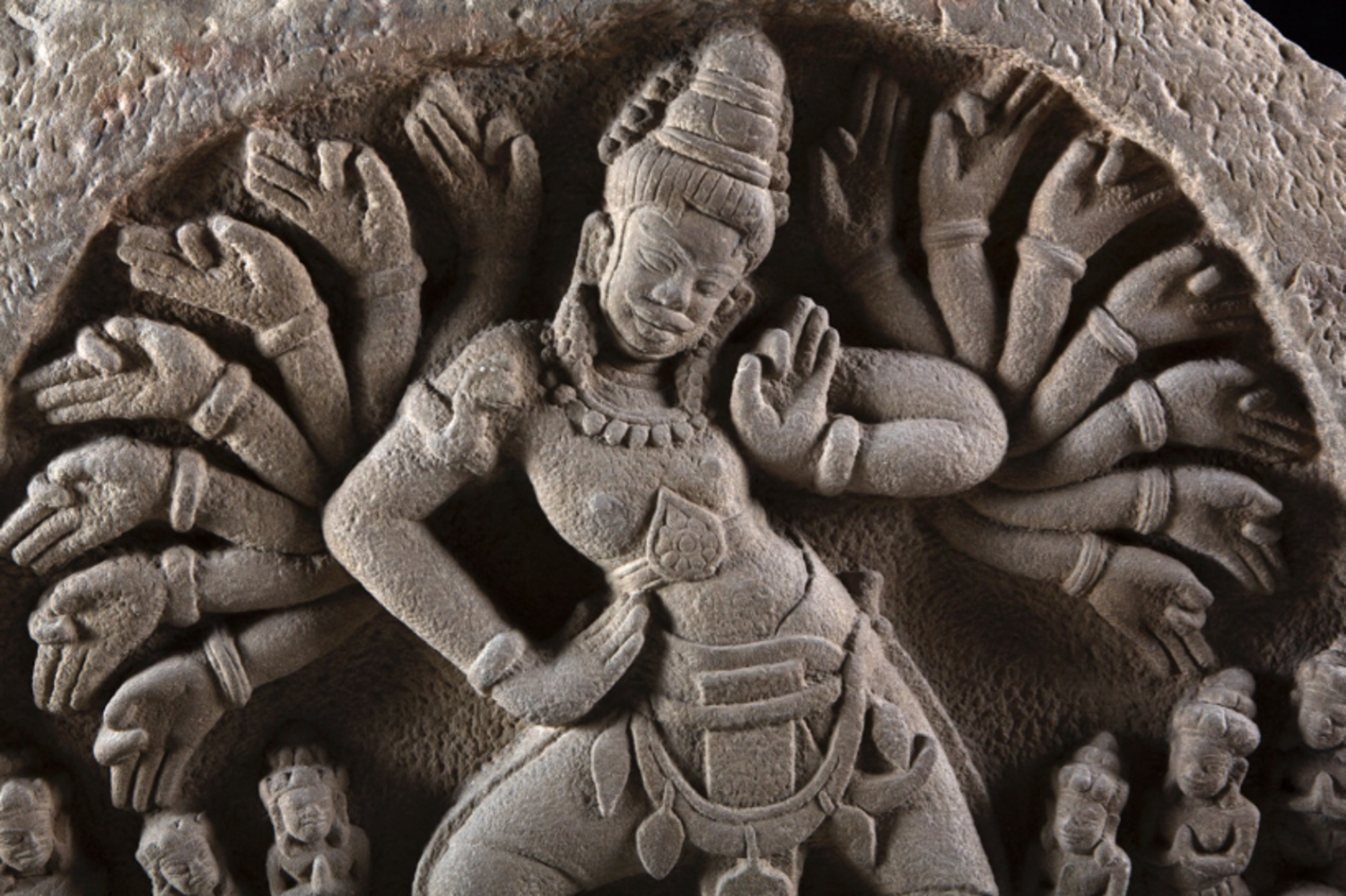
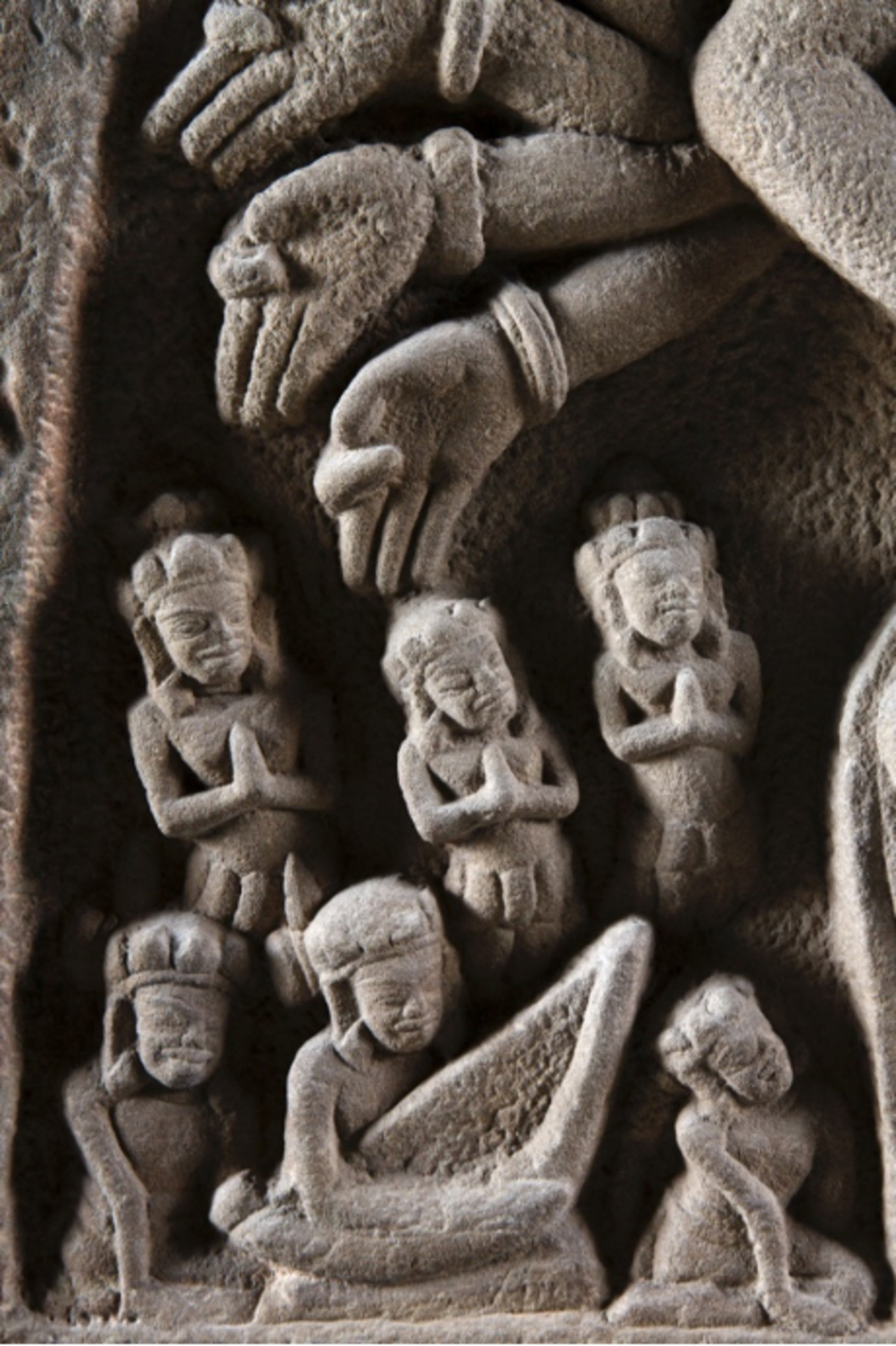 |
 |
The graceful Uma Chanh Lo relief
The Uma Chanh Lo relief was found at the Chanh Lo site in Quang Ngai in 1904 and later transferred to the Museum of Cham Sculpture in 1938.
This remarkably preserved artwork portrays the goddess Uma in a dancing posture. It is the largest artifact of its kind discovered in Quang Ngai and among Champa relics in general, highlighting the female deity’s graceful figure.
The sculpture exhibits the characteristic features of the Chanh Lo style (from the 11th to 12th centuries), marked by bold creativity in form, lines, and posture. The intricate floral patterns on garments, jewelry, and headdresses contribute to the vivid and expressive quality of the work.
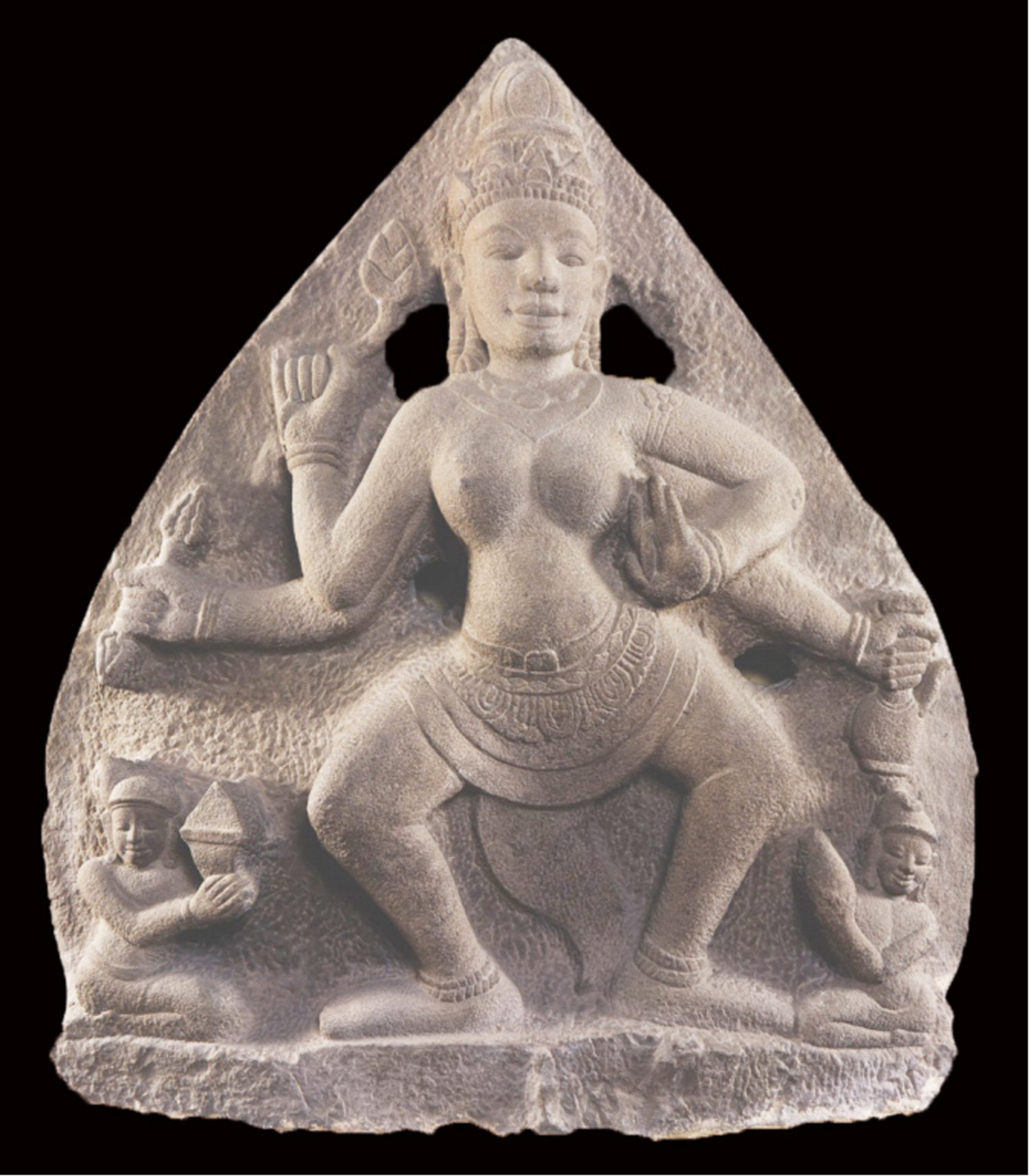

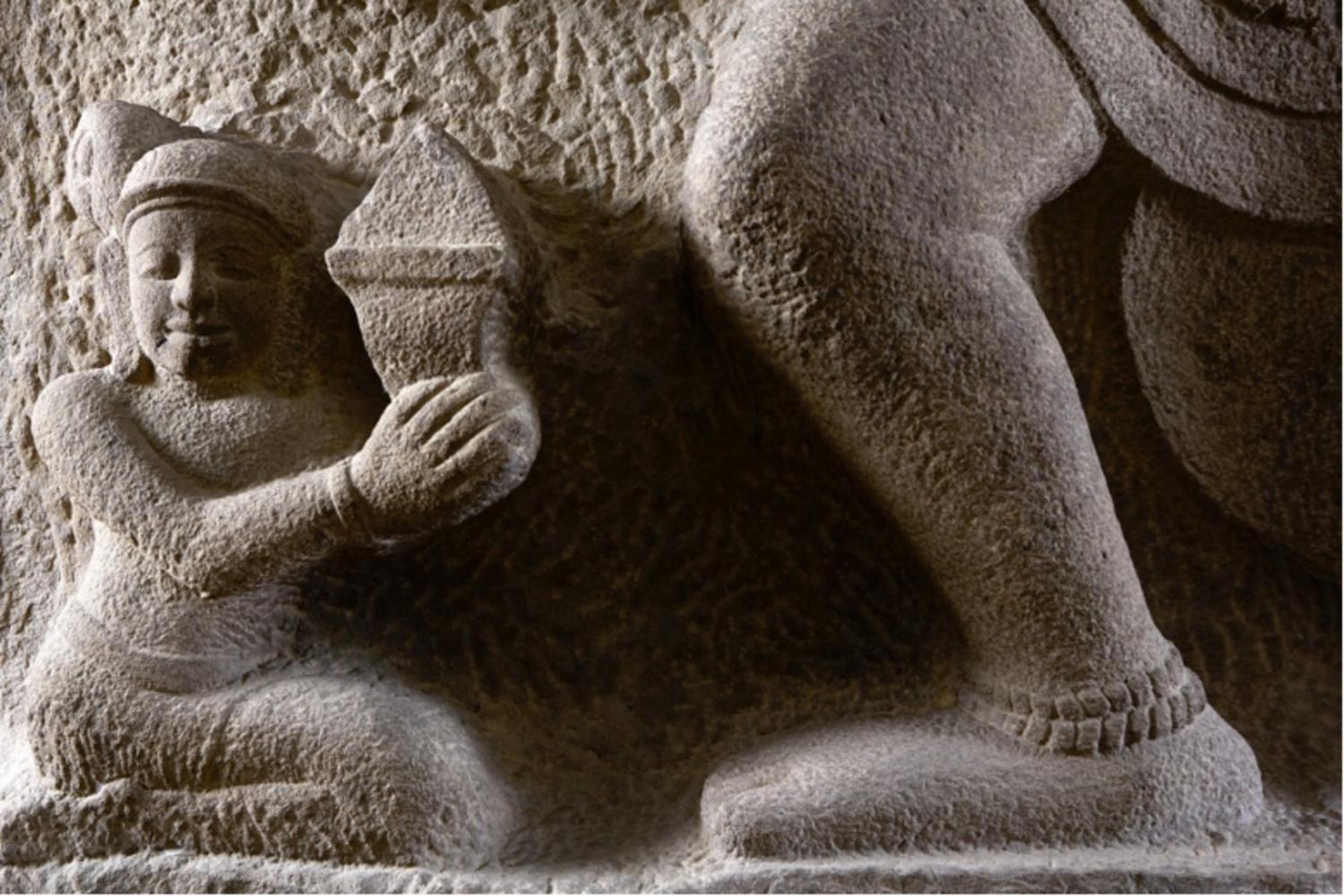
The mythical Thap Mam Dragon statue
The Thap Mam Dragon statue was unearthed during excavations in 1934 and 1935 at Thap Mam Hill in Binh Dinh Province.
This sculpture represents a distinct phase and artistic style in the development of Champa religious sculpture - the Thap Mam or Binh Dinh style - from the 12th to 15th centuries.
The hallmark of the Thap Mam style is its depiction of large, stylized mythical animals or combinations of mythological figures, evoking a sense of fantasy rather than realism. This artistic phase was influenced by Khmer stone sculpture, particularly the Bayon style (Cambodia), as well as Vietnamese stone art from the Ly dynasty.
